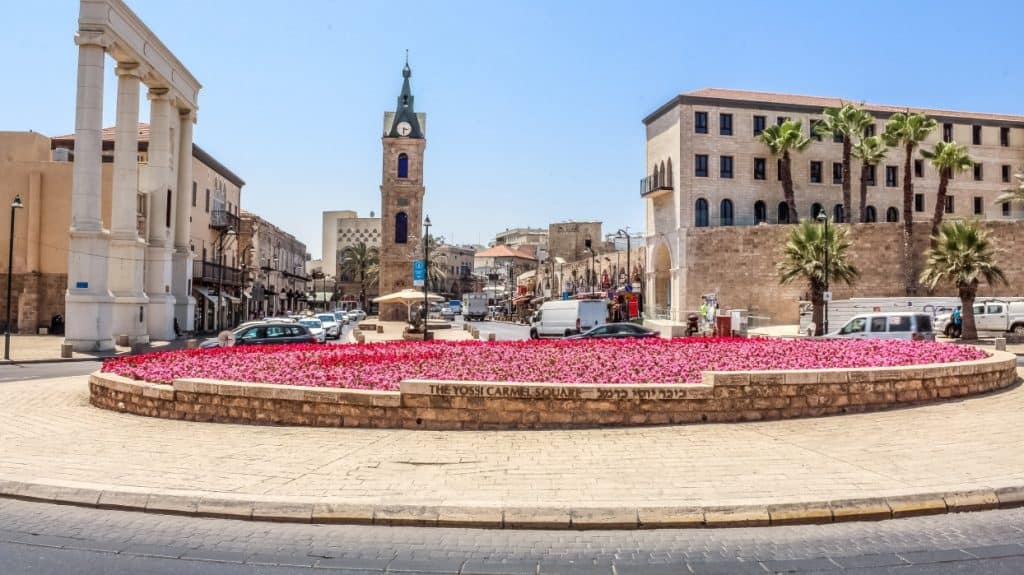Saint Nicholas Monastery Jaffa is an Armenian monastery built in the first millennium CE. Located in Old Jaffa, near the harbor and facing the Mediterranean; the monastery consists of a large multi-story complex that includes an Armenian church and living quarters. The monastery is under the jurisdiction of the Armenian Patriarchate of Jerusalem who rents out parts of the complex for residential and commercial purposes. Moreover, the monastery is the setting of the ‘Bonaparte Visiting the Plague Victims of Jaffa’; a painting by Antoine-Jean Gros depicting Napoleon visiting his sick soldiers in the monastery’s courtyard.

The History of Saint Nicholas Monastery Jaffa
Probably the monastery was founded before 1000 CE; the monastery was named for Saint Nicholas, the patron saint of sailors. Furthermore, the church gave shelter to pilgrims and seamen looking for a rest on their journey for many centuries. In the 18th century, the monastery was expanded and fortified. During the Napoleonic Campaign in Egypt, the French army requested the aid of the Armenian priests at the monastery. Apparently, the clerics used their secret medicines to cure some of the soldiers. Napoleon personally thanked the Armenian patriarch and gifted him with his own tent and sword. In addition, his visit to the monastery was depicted in the Bonaparte Visiting the Plague Victims of Jaffa painting by Antoine-Jean Gros. You can see the painting below.
Jaffa Clock Tower Ramesees II Gate

So in the painting, Napoleon is seen standing proud among his soldiers and touching his left hand on the chest of one of the patients. In fact, Gros never visited Jaffa so he painted it and the monastery as he imagined it. So in the distant background, Jaffa is described as an eastern city whose houses reach up a hill, and in the near background are the arches of the monastery designed by Gros in an Oriental and Moorish style. The arches are part of an arcade enclosing an inner courtyard of the monastery. The painting is now kept in the Louvre Museum in Paris.


